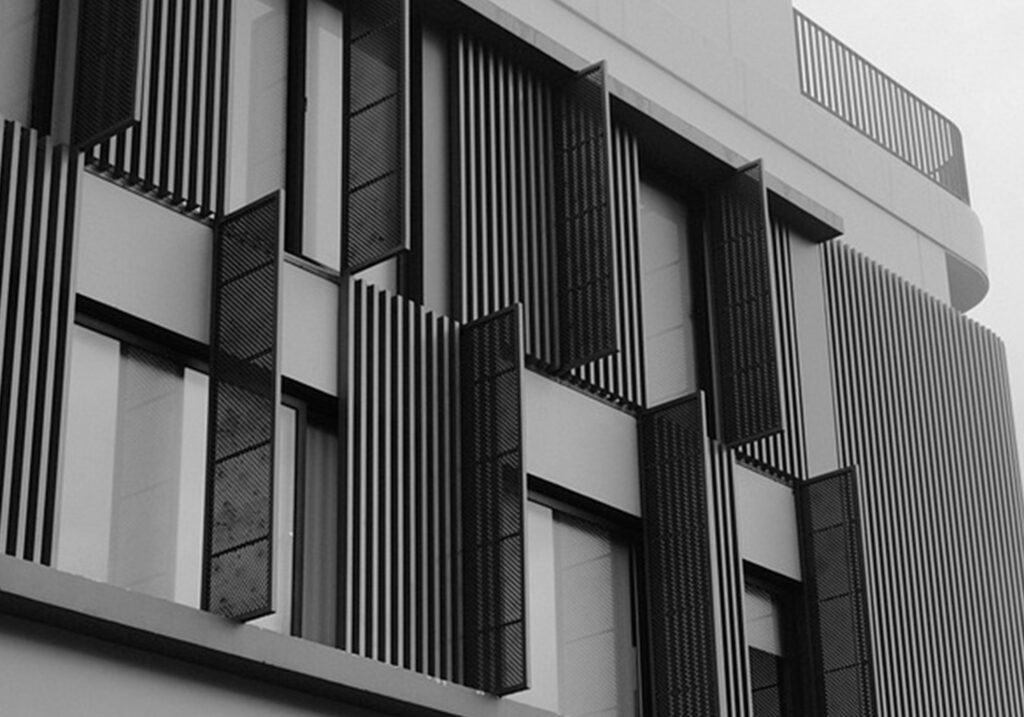The housing industry is undergoing a revolution, and prefabricated steel homes are at the forefront of this change. Gone are the days when prefab homes were boring, mass-produced structures. Today, they are a symbol of innovation and ingenuity. They offer a sustainable approach to housing, which is good for the environment.
As demand for sustainable, cost-effective, and durable housing grows, more homeowners and developers are turning to prefabricated steel homes as a viable solution. These homes offer numerous advantages over traditional construction methods, making them an attractive option for modern living.
The Rise of Prefabricated Steel Homes
The rise of prefabricated steel homes has been driven by a combination of efficiency, resilience, and the growing demand for affordable housing. Unlike conventional houses that require extensive on-site labor, these homes are designed, manufactured, and assembled with precision in controlled factory environments. This streamlined process results in shorter construction timelines, as the bulk of the work is completed off-site. Additionally, the use of factory-controlled conditions minimizes the risk of weather delays and human error, leading to higher quality construction. The reduction in on-site labor and the speed of assembly have made prefabricated steel homes an attractive option for those seeking a faster and more efficient housing solution.
A significant factor contributing to the rise of these homes is the increasing need for affordable housing in urban areas. With real estate prices continuing to climb in many cities, prospective homeowners are finding it increasingly difficult to afford traditional homes. Prefabricated steel homes present an affordable alternative without sacrificing durability or aesthetic appeal. The materials used in their construction are not only cost-effective but also highly durable, making them a long-term investment. These homes can withstand harsh weather conditions, including high winds, snow, and extreme temperatures, making them particularly appealing in areas prone to such challenges.
The combination of affordability and durability makes prefabricated steel homes an attractive option for a wide range of buyers, from first-time homeowners to those looking to downsize or build in remote areas. As demand for affordable housing continues to rise, the popularity of prefabricated steel homes is expected to increase. With advancements in design and construction technology, these homes are becoming more customizable, offering prospective homeowners a variety of styles and layouts that meet their specific needs. Ultimately, prefabricated steel homes provide a practical and sustainable solution to the growing housing crisis, offering a balance of cost-effectiveness, durability, and design flexibility.
Benefits of Prefabricated Steel Homes
Durability and Strength
Steel is one of the strongest building materials available, making it an excellent choice for constructing homes. Prefabricated steel homes are resistant to extreme weather conditions, including hurricanes, earthquakes, and heavy snowfall. Unlike wood, steel does not warp, crack, or rot, ensuring long-term stability and safety.
Cost-Effectiveness
One of the most appealing aspects of prefabricated steel homes is their affordability. Because they are manufactured in controlled factory settings, material waste is minimized, and labor costs are significantly reduced. Additionally, the faster construction timeline leads to lower overall expenses.
Sustainability and Eco-Friendliness
Prefabricated steel homes are an environmentally friendly choice for housing. Steel is 100% recyclable, and many manufacturers use recycled materials in the production process. Moreover, the energy efficiency of these homes is enhanced through insulation and other design features that reduce heating and cooling costs.
Customization and Aesthetic Appeal
Contrary to popular belief, prefabricated steel homes are highly customizable. Homeowners can choose from a variety of designs, layouts, and finishes to create a personalized living space. Whether one prefers a modern minimalist aesthetic or a more traditional look, steel homes can be tailored to suit different tastes and lifestyles.
How Prefabricated Steel Homes Are Built
The construction of prefabricated steel homes is a streamlined process that involves several distinct stages. The first step is design and planning, where homeowners work alongside architects to create detailed blueprints. This phase allows for careful consideration of layout, size, and design preferences while also selecting the right materials. With steel as the primary building material, architects and homeowners can explore various finishes and styles that match their aesthetic needs while ensuring the structural integrity of the home.
Next, the manufacturing phase begins. In a controlled factory setting, steel components for the home are fabricated using advanced machinery, ensuring precise cuts and measurements. This stage involves producing all necessary parts, including walls, beams, and roofing materials, to meet the specifications outlined during the design phase. The use of precision machinery not only ensures high-quality components but also reduces human error, leading to faster and more efficient production. Once the steel components are ready, they are carefully packaged and prepared for transport.
Transportation follows, and the prefabricated steel parts are shipped from the factory to the construction site. Due to the modular nature of prefabricated homes, transportation is often efficient, with large sections of the home being delivered at once. The parts are usually loaded onto trucks or flatbed trailers, depending on the size and complexity of the components. This phase is crucial for ensuring that all necessary materials arrive at the site in a timely manner and are ready for assembly, minimizing delays in the construction timeline.
Once the steel components have been delivered, the final step is assembly. On-site crews work efficiently to piece together the prefabricated sections, often completing the structural framework in a matter of days or weeks, significantly cutting down the typical construction time compared to traditional homebuilding. After the structure is complete, finishing touches are added, including insulation, interior walls, and other design elements. This final phase brings the home to life, ensuring it is comfortable, energy-efficient, and visually appealing. The overall result is a well-built home that combines speed, efficiency, and modern design elements.
The Future of Prefabricated Steel Homes
As technology continues to advance, the future of prefabricated steel homes is filled with potential. Innovations in design, manufacturing processes, and materials are continually improving the efficiency, affordability, and functionality of these homes. Modern manufacturing techniques allow for the use of more sustainable materials, making these homes not only cost-effective but also environmentally friendly. Moreover, with the ongoing development of advanced building technologies, the speed at which prefabricated steel homes can be constructed is only accelerating, further reducing the overall cost of building and ensuring that these homes are even more accessible to a wider range of homeowners.
One of the most exciting developments in the future of prefabricated steel homes is the integration of smart home technology. As homeowners increasingly seek homes that offer greater convenience, security, and energy efficiency, prefabricated steel homes are adapting to meet these demands. With the inclusion of automation systems, climate control, and energy management features, these homes provide enhanced living experiences. Homeowners can control lighting, security systems, temperature, and other functions remotely, all through their smartphones or voice-activated devices. This integration not only adds convenience but also helps reduce energy consumption, making prefabricated steel homes an even more attractive option for those looking for modern, energy-efficient solutions.
Governments and developers around the world are increasingly recognizing the potential of prefabricated steel homes in addressing housing shortages, particularly in urban areas where affordable housing is in high demand. The ability to quickly construct these homes, combined with their durability and cost-effectiveness, makes them an ideal solution for combating housing crises. In many regions, governments are now offering incentives such as tax breaks, grants, and funding opportunities to encourage the adoption of prefabricated steel homes. These initiatives aim to make housing more accessible and affordable while promoting sustainable construction practices that reduce environmental impact.
In addition to government support, private developers are beginning to see the value in incorporating prefabricated steel homes into their projects. With the increasing demand for sustainable, affordable housing, developers are looking for ways to build quickly without sacrificing quality. The modular nature of prefabricated steel homes allows for greater flexibility in design, offering a wide range of customizable options that cater to different tastes and needs. As technology, government support, and private investment continue to push the boundaries of what’s possible, prefabricated steel homes are poised to play a major role in the future of housing, offering a sustainable, affordable, and efficient solution for homeowners worldwide.
Conclusion
The housing industry continues to evolve, and prefabricated steel will play a huge role in it. Prefabricated steel homes are revolutionizing modern housing by offering a durable, cost-effective, and sustainable alternative to traditional construction methods. With their numerous benefits, including rapid construction, reduced costs, and environmental advantages, these homes are set to play a crucial role in the future of housing.
As awareness and demand continue to grow, prefabricated steel homes are poised to become a mainstream choice for homeowners seeking an innovative and efficient way to build their dream homes.

